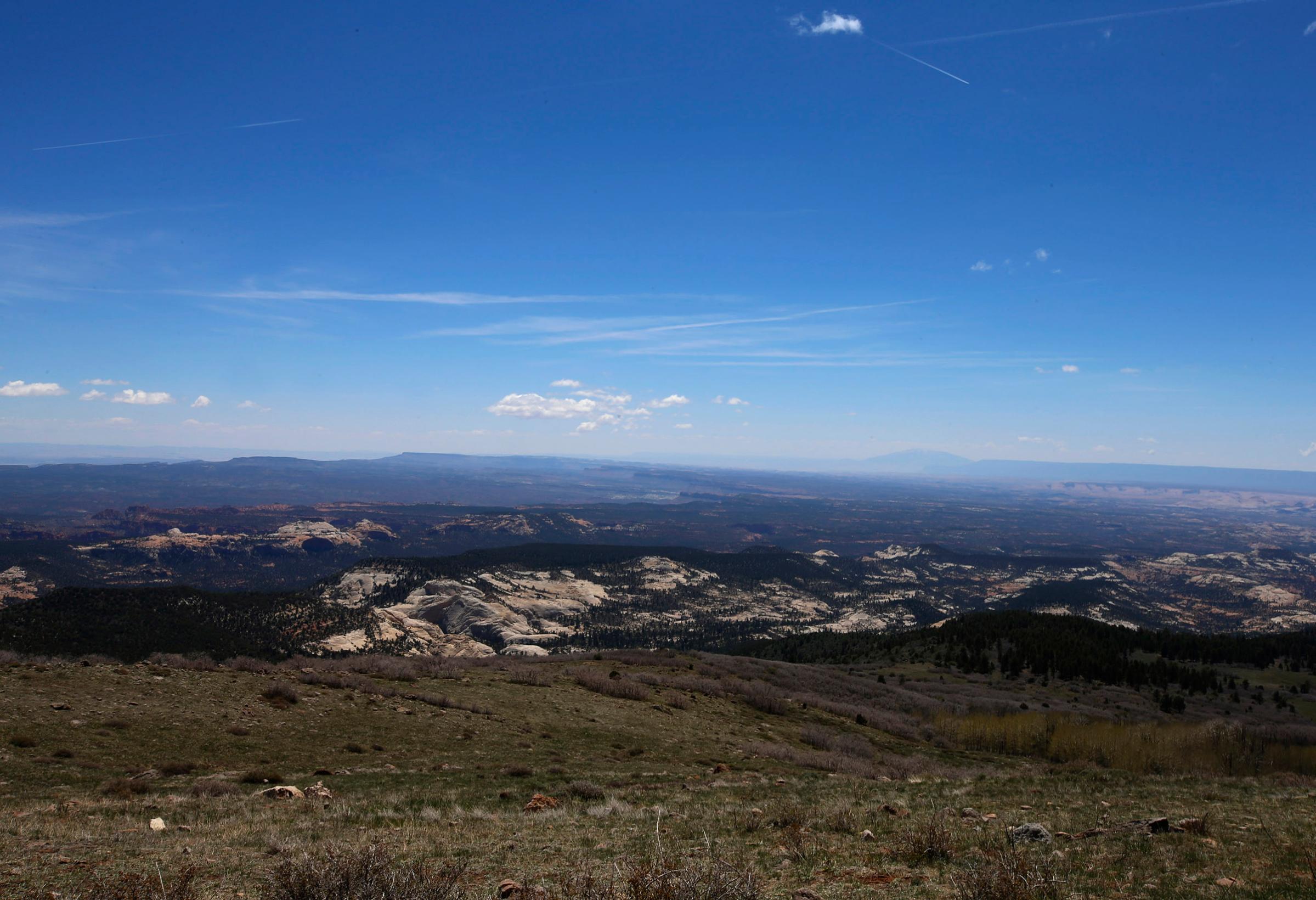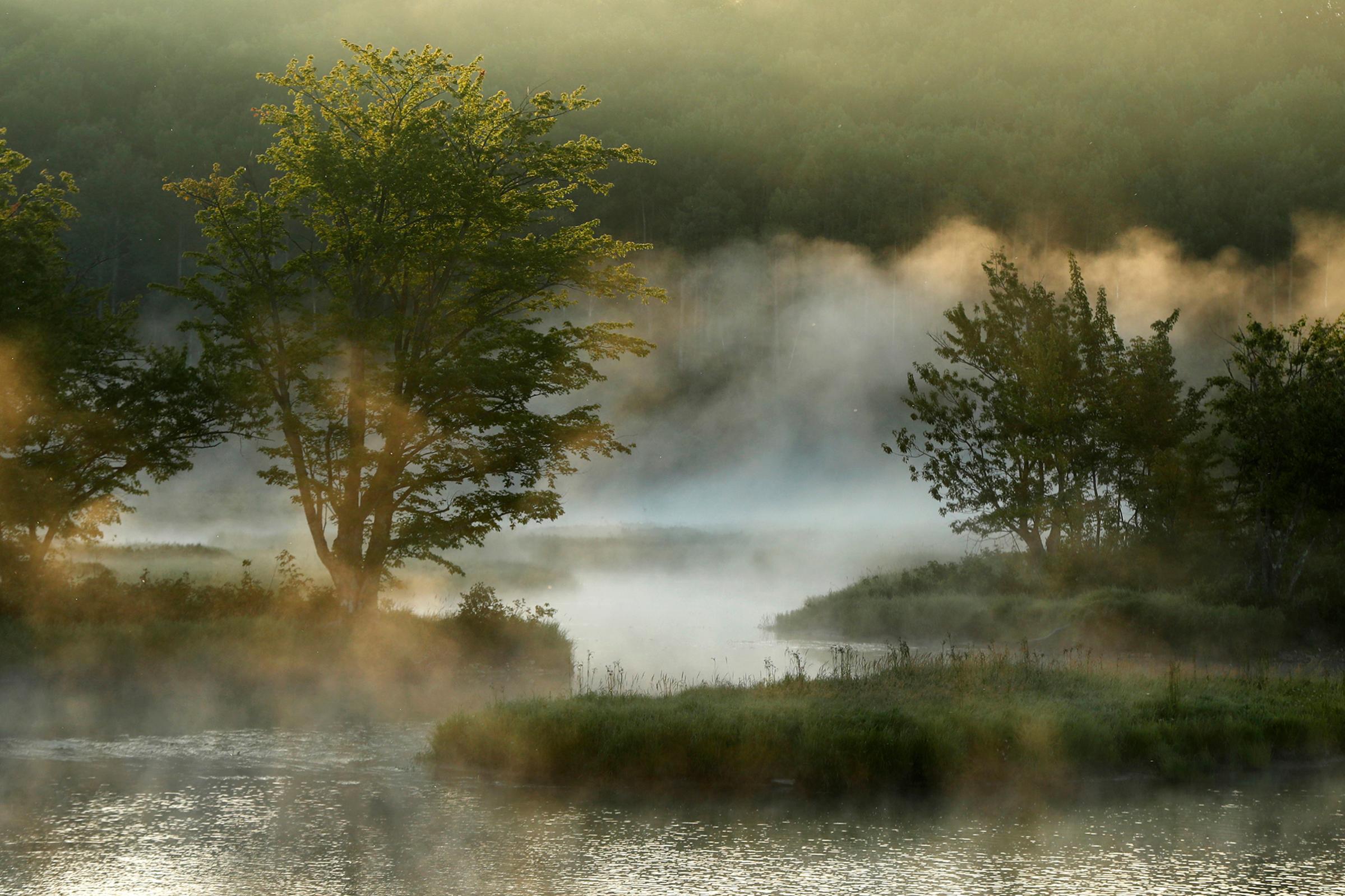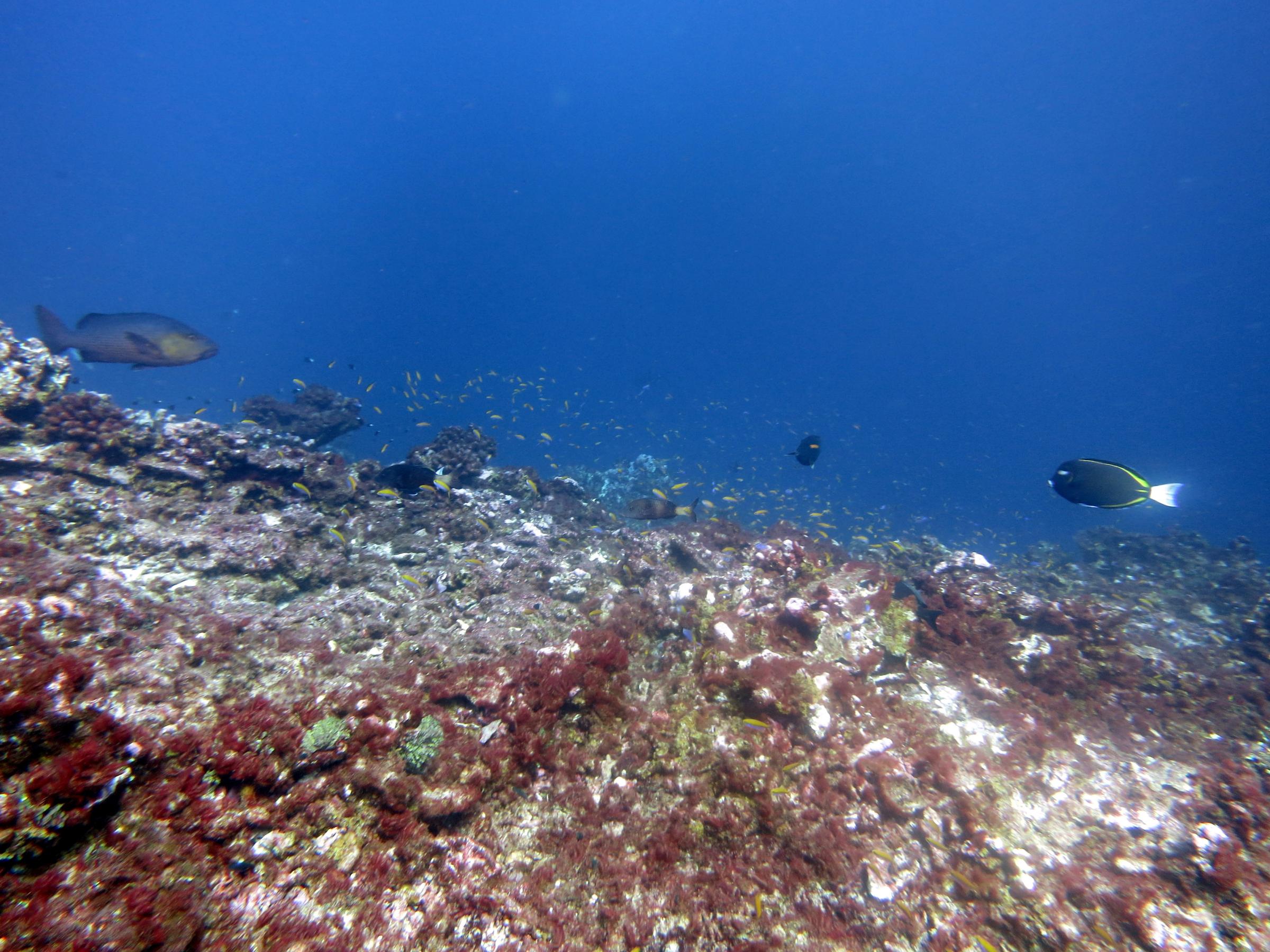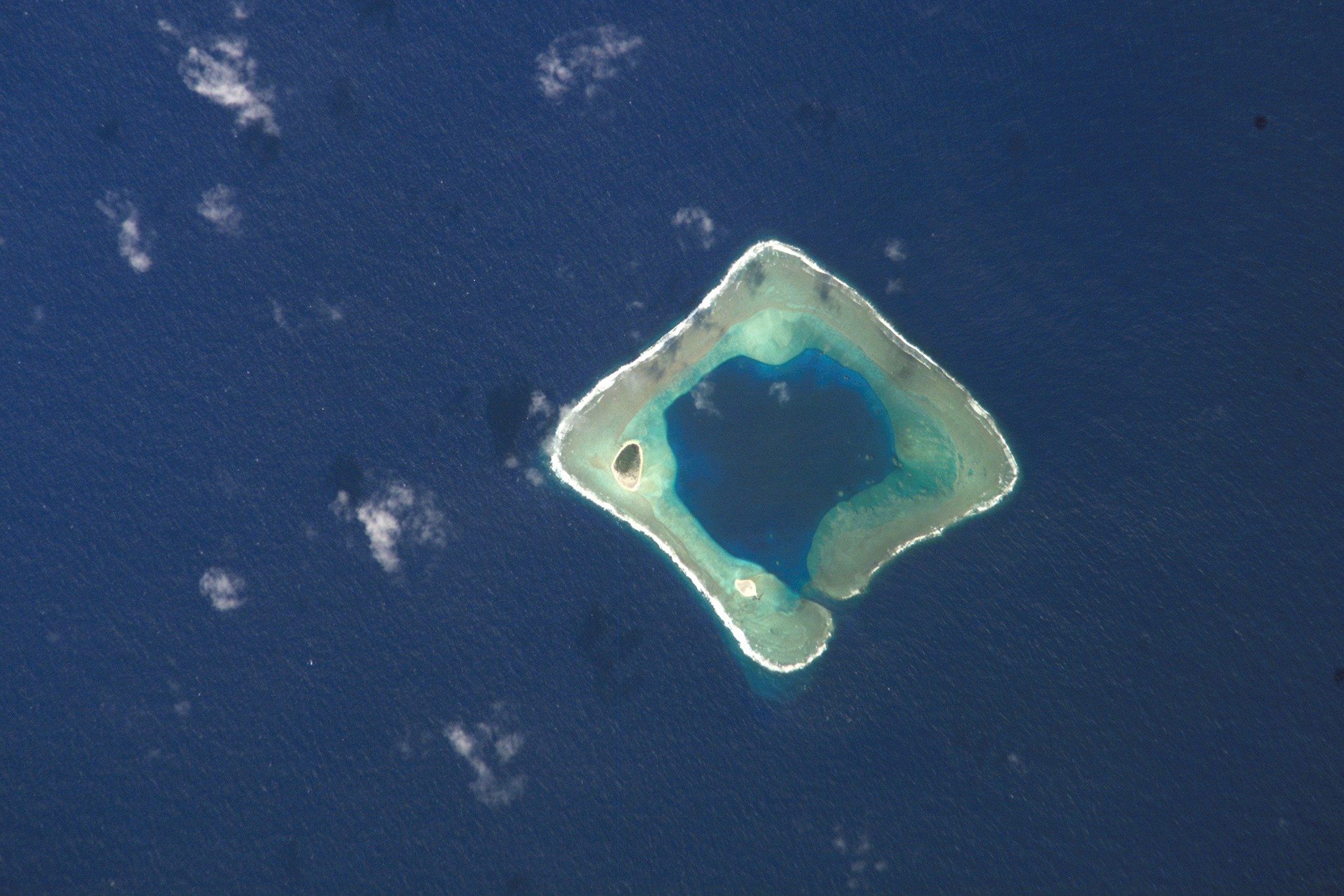In late August, Interior Dept. Secretary Ryan Zinke sent President Donald Trump the results of an unprecedented review. Trump had tasked him with deciding whether 27 national monuments — protected areas that presidents can designate using the Antiquities Act — should remain as they are or be modified. The question divided communities from coast to coast, with supporters arguing that monuments are important to preserve landmarks and animal habitats, while opponents argued that the designations are examples of government overreach and disrupt economic activity like fishing and logging.
Millions of public comments were submitted as part of the review. But, while Zinke said in August that he was recommending that some monuments be changed, he did not publicly announce which ones. A recently leaked internal memo has now identified those he highlighted in his report, some of which Zinke says should be shrunk and some of which he says should be subject to different rules.
The final decision will be up to Trump. Here are the places he’ll be considering:
Bears Ears National Monument

Former President Barack Obama designated this 1.3-million-acre area of Utah as a national monument at the behest of Native American tribes, who have long considered the landscape sacred and who continue to gather herbs and medicine from the land. However, Zinke has said that the area is bigger than necessary to protect special sites, noting that the Antiquities Act requires presidents to set aside the “smallest area compatible” with preserving historic or scientific objects of interest.
Grand Staircase-Escalante National Monument

A driving force behind the review was Utah’s congressional delegation, which has argued that monument designations hurt locals who depend on the land for a living. Designations often come with new restrictions about how land can be used, banning activities such as mining or using off-road vehicles. In recommending that the boundaries be revised and rules revisited at Grand Staircase-Escalante, an area named for descending plateaus, Zinke mentions coal and oil deposits as well as concerns of local ranchers.
Gold Butte National Monument

Zinke recommended shrinking the boundaries of Gold Butte, a monument in Nevada designated by Obama. In the memo, Zinke mentions issues locals have raised about grazing cattle and existing water rights. The nearly 300,000-acre area contains ancient remnants like petroglyphs, as well as rare desert plants, but critics have argued that it’s too large.
Cascade–Siskiyou National Monument

Cascade-Siskiyou, which sits at the crux of converging ecosystems, was the first national monument to be set aside for its biodiversity. Designated by former President Bill Clinton and expanded by Obama, the area also contains lands that have historically been used for timber production. An association representing timber mills has sued over Obama’s expansion, arguing that Congress already designated those lands for logging. Zinke recommended that the boundaries be altered and noted predicted drops in timber sales.
Organ Mountains-Desert Peaks National Monument

Obama set aside the area of New Mexico know as Organ Mountains-Desert Peaks National Monument in 2014. In his memo, Zinke mentions several issues with the monument that may lead to changes in how the land is used and managed, ranging from border security issues to the economic dependence of the “robust ranching community.”
Rio Grande del Norte National Monument

Another monument that may soon be altered in New Mexico is Rio Grande-Del Norte, an area that contains prehistoric dwellings as well as plains marbled by rivers and hills. As with other monuments mentioned in his memo, one change proposed by Zinke is getting Congress to give Native American tribes official co-management of cultural areas currently contained in the monument’s boundaries.
Katahdin Woods and Waters National Monument

Rose Quimby, who made a fortune by co-founding Burt’s Bees, donated vast tracts of private land in Maine to the federal government, with the understanding that Obama would protect the area as a national monument. Some locals have complained that they had better access to the land — for activities such as hunting or snowmobiling — before the land was public, because of mutual understandings between landowners. Zinke recommends amending the rules to take those concerns into account, as well the potential for timbering in the densely forested area known as Katahdin Woods and Waters.
Northeast Canyons and Seamounts Marine National Monument

Also designated by Obama, Northeast Canyons and Seamounts is the first national monument to be named in the Atlantic Ocean. While supporters have cheered the protection of plant and animal species, commercial fishermen have balked at new restrictions on their use of the waters. A lawsuit, currently pending, argues that presidents don’t have the authority to designate any monuments beyond dry land. While Zinke does not address that issue in his memo, he does recommend that rules be altered so commercial fishing is allowed.
Pacific Remote Islands Marine National Monument

The Pacific Remote Islands National Monument has been touted as one of the largest marine protected areas in the world, encompassing an area three times the size of California. It contains several islands and atolls to the south and west of Hawaii. In his memo, Zinke argues that fishing in the area has been economically important for the population of American Samoa and recommends that rules be changed so that kind of activity is still allowed. He also recommends reconsidering the boundaries, which may lead to them being shrunk.
Rose Atoll

Another marine monument, designated by Obama in 2009, Rose Atoll is a protected area in the South Pacific. The monument was established to protect coral ecosystems, including the wildlife that lives there, and to that end commercial fishing was prohibited. Zinke also mentions American Samoa’s economic dependence on fishing in his notes about this monument, saying that the boundaries should be reconsidered and commercial fishing allowed.
More Must-Reads from TIME
- Caitlin Clark Is TIME's 2024 Athlete of the Year
- Where Trump 2.0 Will Differ From 1.0
- Is Intermittent Fasting Good or Bad for You?
- The 100 Must-Read Books of 2024
- Column: If Optimism Feels Ridiculous Now, Try Hope
- The Future of Climate Action Is Trade Policy
- FX’s Say Nothing Is the Must-Watch Political Thriller of 2024
- Merle Bombardieri Is Helping People Make the Baby Decision
Contact us at letters@time.com